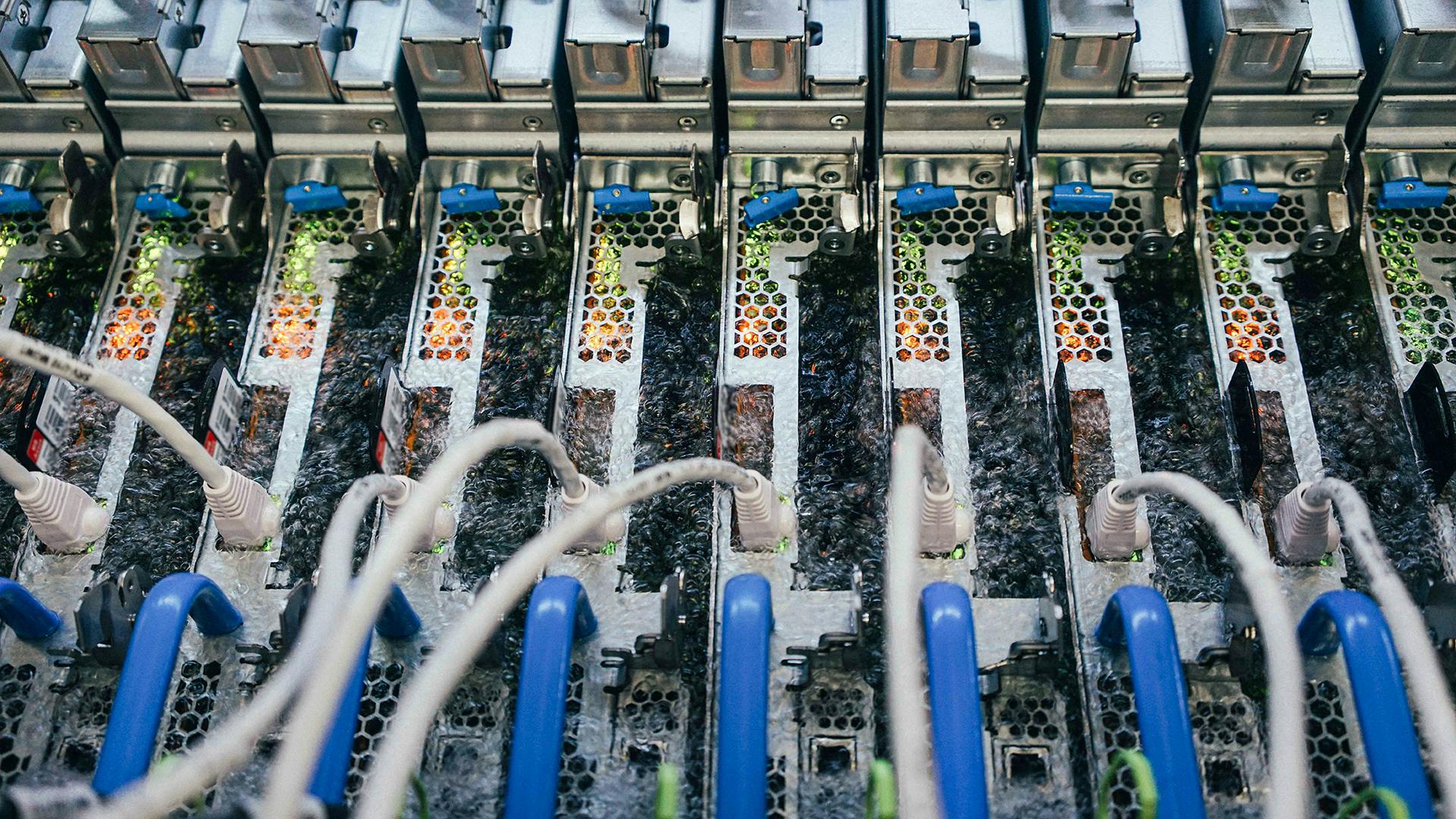As demand for data keeps rising driven by generative AI, real-time analytics, 8K streaming, and edge computing data centers are facing an escalating dilemma: how to maintain performance without getting too hot. Traditional air-cooled server rooms that were once large enough for straightforward web hosting and storage are being stretched to their thermal extremes by modern compute-intensive workloads. While the world's digital backbone burns hot, innovators are diving deep, deep to the ocean floor. Say hello to immersion cooling and undersea data farms, two technologies poised to revolutionize how the world stores and processes data.
Heat Is the Silent Killer of the Internet
In each data center, heat is the unobtrusive enemy. If racks of performance GPUs, CPUs, and ASICs are all operating at the same time, they generate massive amounts of heat. The old approach with gigantic HVAC systems and chilled air manifolds is reaching its technological and environmental limits.
In the majority of installations, over 35-40% of total energy consumption is spent on simply cooling the hardware, rather than running it. As model sizes and inference loads explode (think ChatGPT, DALL·E, or Tesla FSD), traditional cooling infrastructures simply aren't up to the task without costly upgrades or environmental degradation. This is why there is a paradigm shift.
What Is Immersion Cooling?
Immersion cooling cool servers by submerging them in a carefully designed, non-conductive fluids (typically dielectric liquids) that transfer heat much more efficiently than air. Immersion liquids are harmless to electronics; in fact, they allow direct liquid contact cooling with no risk of short-circuiting or corrosion.
Two general types exist:
Single-phase immersion, with the fluid remaining liquid and transferring heat by convection.
Two-phase immersion, wherein fluid boils at low temperature, gets heated and condenses in a closed loop.
The method can reduce cooling energy usage by up to 90% and increase computing density, as greater chips can be stacked in smaller areas without thermal throttling.
Beyond the Data Hall
Underwater Data Centers Imagine shipping an entire data center in a steel capsule and sinking it to the ocean floor. That’s no longer sci-fi.
Microsoft’s Project Natick demonstrated the concept by deploying a sealed underwater data center off the Orkney Islands, powered entirely by renewable energy and cooled by the surrounding seawater. Over its two-year lifespan, the submerged facility showed:
- A server failure rate 1/8th that of land-based centers.
- No need for on-site human intervention.
- Efficient, passive cooling by natural sea currents.
Why underwater?
Seawater is an open, large-scale heat sink, and underwater environments are naturally less prone to temperature fluctuations, dust, vibration, and power surges. Most coastal metropolises are the biggest consumers of cloud services and are within 100 miles of a viable deployment site, which would dramatically reduce latency.
Why This Tech Matters Now ?
The global data center market is responsible for 2-3% of global electricity consumption and rising. With AI and metaverse hardware training models demanding 10x the power per rack compared to old servers, conventional data center design simply can't scale sustainably.
Immersion and submerged data centers possess several key advantages:
a). Sustainability Lower energy consumption and lower carbon footprints are paramount as ESG (Environmental, Social, Governance) goals become business necessities.
b). Scalability & Efficiency Immersion allows more density per square foot, reducing real estate and overhead facility expenses.
c). Reliability Liquid-cooled and underwater systems have fewer mechanical failures including less thermal stress, fewer moving parts, and less oxidation.
d). Security & Autonomy Underwater encased pods or autonomous liquid systems are difficult to hack and can be remotely monitored and updated, ideal for zero-trust environments.
Industry Momentum Various companies are leading the charge:
GRC (Green Revolution Cooling) and submersion cooling offer immersion solutions to hyperscalers and enterprises. HPC is offered precision liquid cooling by Iceotope. Immersion cooling at scale is being tested by Alibaba, Google, and Meta to support AI and ML clusters. Microsoft is researching commercial viability of underwater data centers as off-grid, modular ones in Project Natick.
Hyperscalers are starting to design entire zones of their new data centers specifically for liquid-cooled GPU pods, while smaller edge data centers are adopting immersion tech to run quietly and efficiently in urban environments.
The Future of Data Centers:
Autonomous, Sealed, and Everywhere Looking ahead, the trend is clear: data centers are becoming more intelligent, compact, and environmentally integrated.
We’re entering an era where:
- AI-based DCIM software predicts and prevents failure in real-time.
- Edge nodes with immersive cooling can be located anywhere, smart factories, offshore oil rigs.
- Entire data centers might be built as prefabricated modules, inserted into oceans, deserts, or even space.
The general principle? Compute must not be limited by land, heat, or humans.
Final Thoughts
In the fight to enable the digital future, air is a luxury. Immersed in liquid or bolted to the seafloor, data centers are shifting to cool smarter, not harder. Underwater installations and liquid cooling are no longer out-there ideas, they're lifelines to a scalable, sustainable web.
So, tomorrow’s “Cloud” won’t be in the sky, it will hum quietly under the sea.


